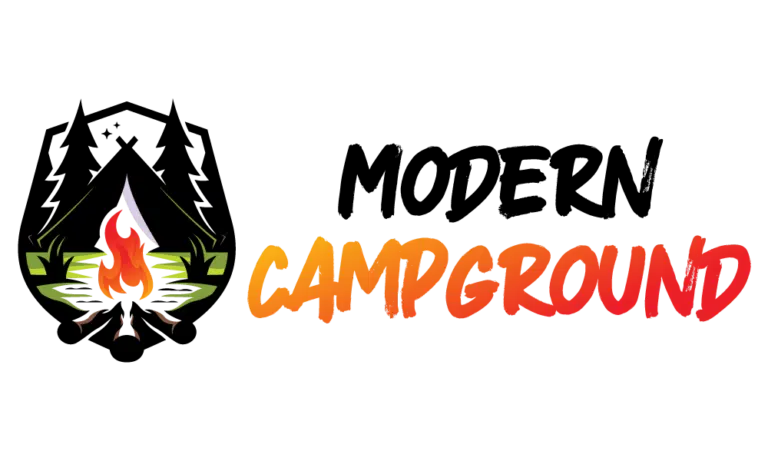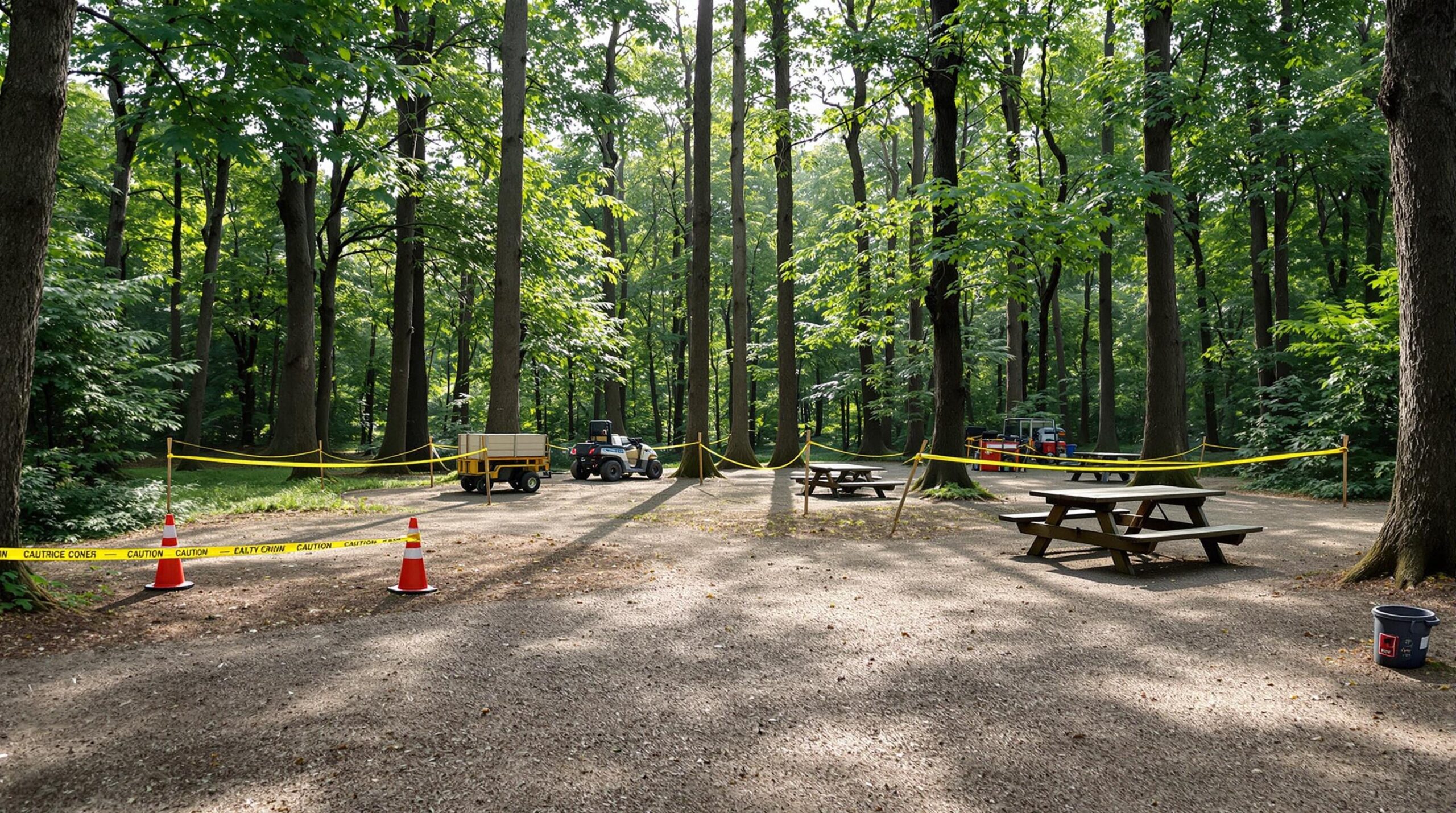The Maryland-National Capital Park and Planning Commission will shut down all campgrounds at Watkins Regional Park in Upper Marlboro, Md., from Sunday, July 27, through Friday, August 1, 2025, to complete scheduled maintenance, according to an online alert.
All 33 primitive tent sites—30 individual and three group areas—will be off-limits, and no arrivals or overnight stays will be allowed during the six-day window.
For campground managers tracking the news, the brief shutdown is also a reminder to audit their own notification playbooks. A six-day outage can create last-minute surprises if emails or reservation-system banners lag behind the maintenance schedule.
Watkins operates as a tent-only facility: no RV hook-ups, but each site sits within reach of comfort stations stocked with hot showers, according to the county’s park overview. The season runs March 1 through Nov. 15, and each individual site holds up to six people—no more than two adults—under a first-come, first-served policy.
Reservations move through the Parks Direct portal, and the system requires at least 48 hours’ notice to cancel without penalty. After-hours arrivals can use a drop box if they land late on weekends or holidays.
Nightly rates currently stand at $10 for seniors, $12 for bi-county residents, $13 for senior non-county guests and $20 for other visitors. Those tiers give operators a quick gauge of refund exposure when maintenance scrubs existing bookings.
Savvy properties typically layer multiple touchpoints onto a closure timeline. Automated reminder emails at 30-, 14- and seven-day intervals cut down on no-show headaches; one-click rebooking links and waived change fees help defuse potential charge-backs.
High-visibility web banners, pinned social posts, and a unified FAQ script keep frontline staff from improvising refund explanations. Watkins’ six-day pause underscores how even a short blackout can test a campground’s customer-service muscle.
Beyond guest relations, a planned outage offers rare freedom to tackle capital projects without working around tents and campfires. Batching electrical work, plumbing repairs, or Wi-Fi upgrades into a single window can avert multiple future shutdowns. Many operators use the downtime to swap in low-flow showerheads, add LED pathway lighting, or barcode picnic tables and fire rings for easier preventive-maintenance tracking.
Running an all-staff emergency drill—covering severe-weather and medical protocols—becomes simpler when the park is empty, and reopening one day early for a “friends-and-family” soft launch can reveal glitches before paying campers return. Watkins’ schedule illustrates how a half-week closure can translate into long-term gains when managers plan strategically.
For operators watching from afar, the central takeaway is clear: pair early outreach with bundled projects to keep goodwill high and review scores intact while squeezing maximum value from unavoidable downtime.
The campground’s first full night of camping after the closure will be Saturday, August 2, 2025. Guests with questions or refund requests can call 301-218-6700, according to the campground page.


